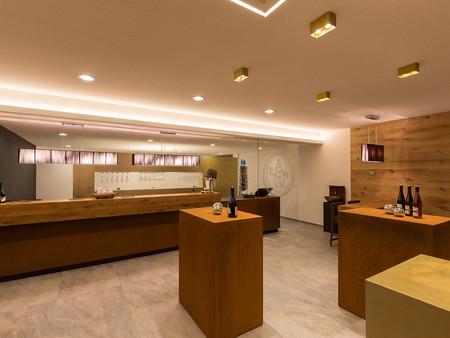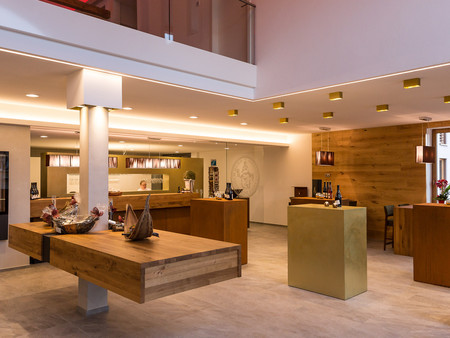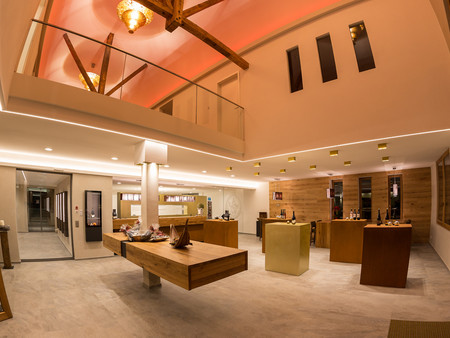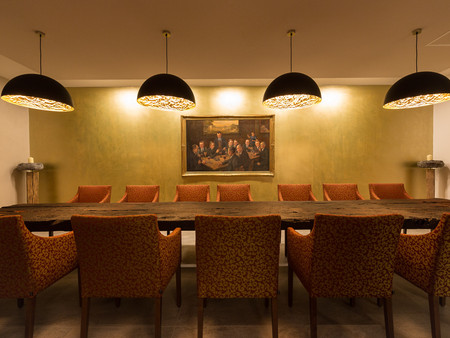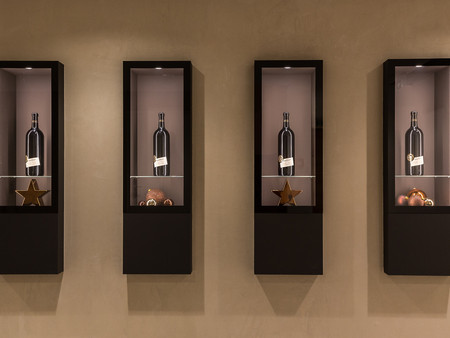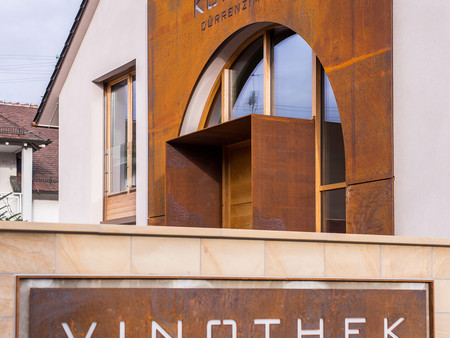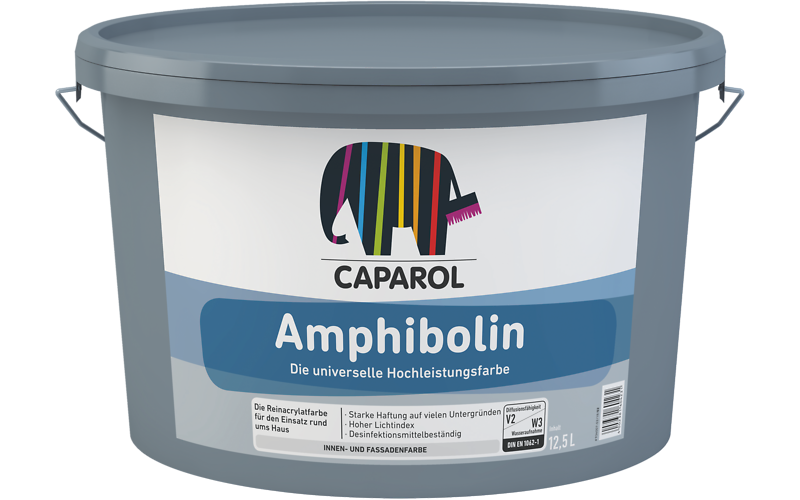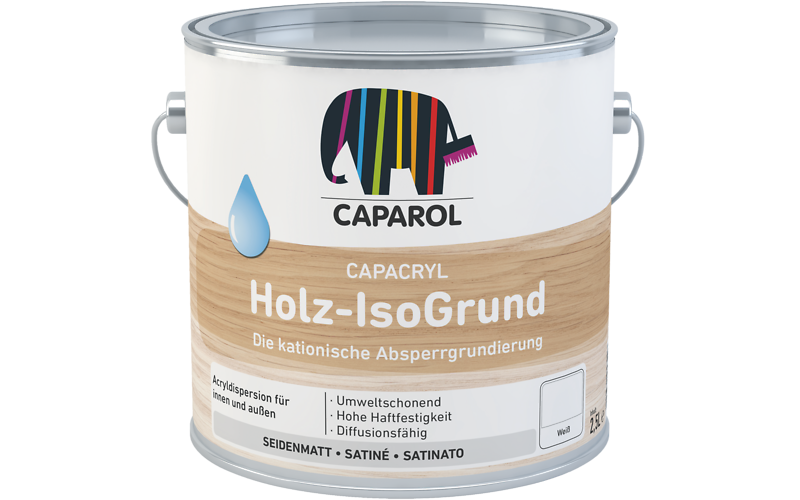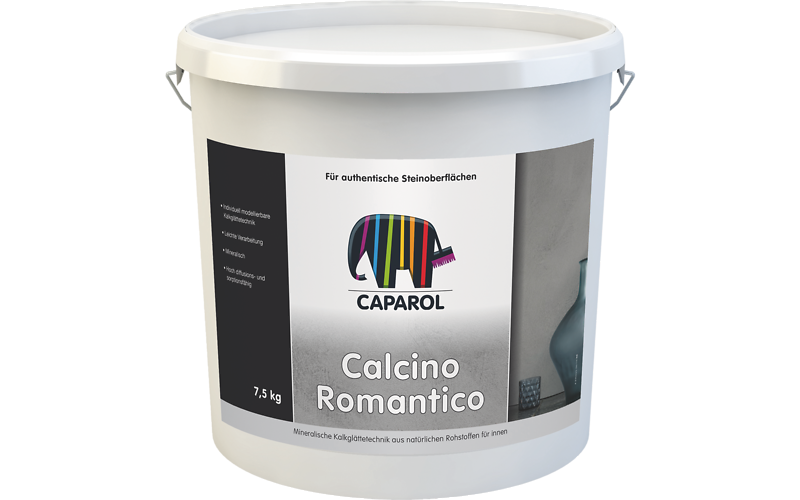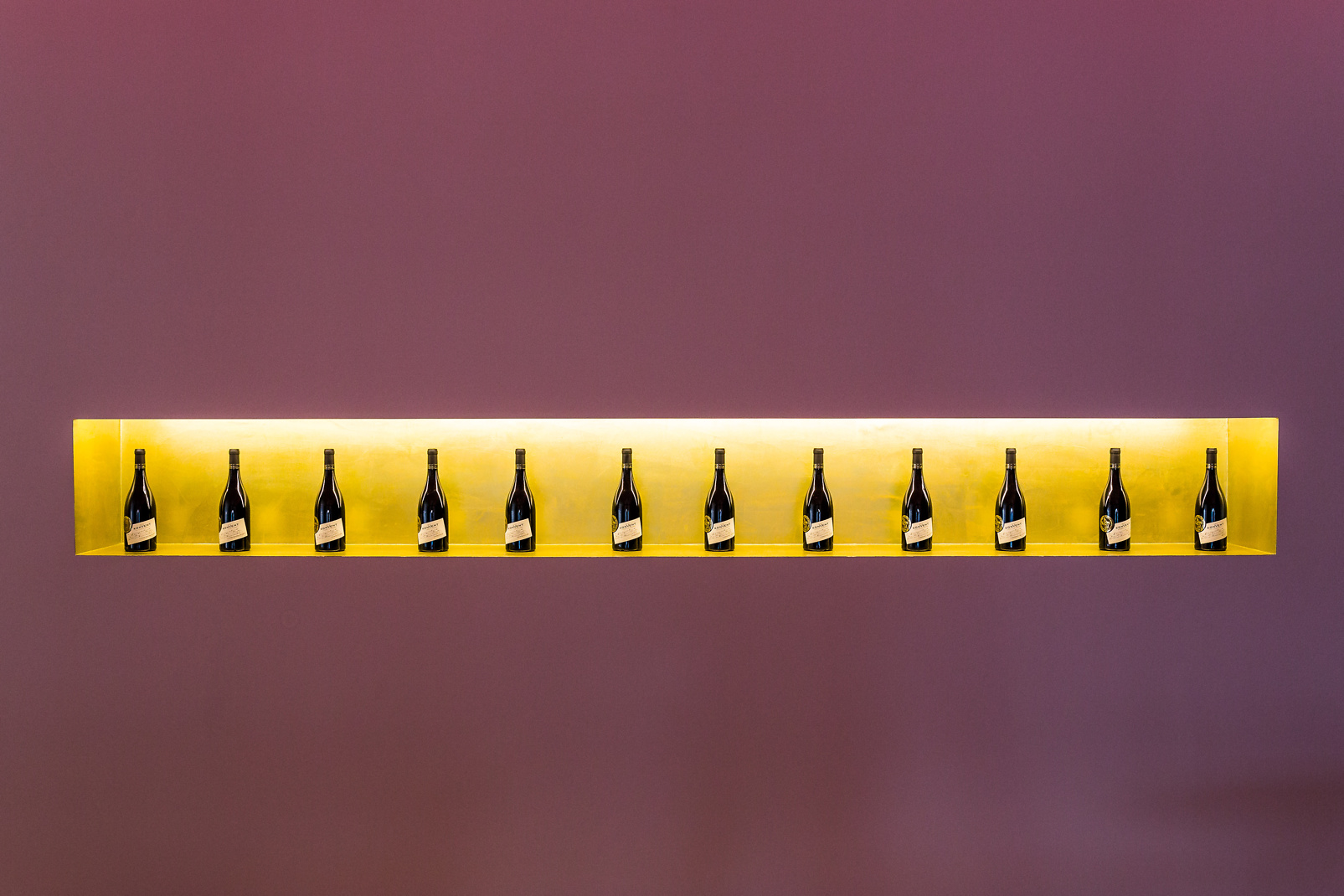- www.caparol.ge
- References
- Hotel/Gastronomy
- Wine convention "Dürrenzimmern eG"
Wine convention "Dürrenzimmern eG"
Weinkonvent Dürrenzimmern lets visitors feel the monastic past
Slopes favored by the sun, fertile soil that releases its minerals to the deep-rooted vines - in the Zabergäu wine-growing region around Dürrenzimmer in Württemberg, the conditions are right to harvest healthy, tasty grapes. It has been proven that wine has been grown there since 1147. Originally a sacred drink from the monasteries, wine is now a popular drink in many countries.
Founded in 1937 as a winegrowers' cooperative, the Dürrenzimmern Wine Convention has made a name for itself not only in the region but also beyond. Wine spirit is very important here. In 1970 the cooperatives Dürrenzimmern and Stockheim merged into today's Weinkonvent Dürrenzimmern e. G .. The 341 members currently cultivate 215 hectares of vineyards, around 52 percent are planted with red grape varieties. The production of white wine varieties accounts for 24 percent. In addition to the Württemberg classics such as Lemberger, Trollinger, Schwarzriesling, Riesling and Kerner, Pinot Noir and newer varieties as well as varieties such as Merlot, Cabernet Sauvignon and Sauvignon blanc grow on the vine slopes.
The location descriptions of the vineyards of the Dürrenzimmer Wine Convention still testify to the church's influence in viticulture. The so-called Mönchsberg is one of the most important cultivated areas of the house - the motif of the monk can therefore be found on the labels of the wine bottles. Combining tradition and innovation has always been close to the heart of the members of the wine convention. This should also be noticeable in the new premises, in which the visitors walk in the footsteps of the monastic past.
Well-maintained wine culture in a new guise
Since December 2015, the Dürrenzimmer wine convention has welcomed its guests in a completely new guise. Managing Director Matthias Göhring explains this step: “We wanted to create new representative sales rooms. The old sales room was already 30 years old, small and dark. We also wanted to use the building more economically. The entire redesigned building was gutted, all ceilings dismantled and a completely new interior with ceilings and vaults was built. "
When remodeling, one remembered the monastic past of droughts. The team of architects Bianca Seiz-Weber and Gerd Weber from Brackenheim used the well-known name Klosterhof and the former Benedictine monastery as a leitmotif for their design idea. "Church shapes such as barrel vaults and mighty portal doors, unusual materials and atmospheric lighting now contribute to a very special ambience," says Bianca Seiz-Weber. After a year of construction, during which the wine convention was temporarily housed in a neighboring bank building, the building shines Now with a facade designed with corten steel and scratch plaster. Through a large, imposing portal, visitors step into the exclusively equipped vinotheque with its barrel vault. A golden effect coating in a spatula design creates brilliant accents and gives surfaces a soft metallic shimmer. Capadecor Metallocryl Interior in the Goldnuance Curcuma 45 MET captivates with a natural gold tone, which skilfully stages the presentation area behind the counter, as well as some cuboids in the middle of the room, which are used to present the wines A warm atmosphere in which the visitor finds himself.
Since some of the metallocryl was to be processed on carpenter surfaces, the wooden surfaces had to be sanded and a base coat to prevent discolouration had to be applied with Capacryl Holz-IsoGrund. After an intermediate coating with amphiboline in the color Curcuma 45 MET, Capadecor Metallocryl Interior was then applied twice in the same color. All operations were structured using a spatula.
The further metallocryl coating was mainly carried out on plaster substrates, which the painter revised in quality level Q3. An intermediate coating with Capadecor MultiStructure Fine was applied to create the structure. Depending on the viewing angle, refined light refractions are also created on the visible, smooth trowels by the surface structure.
Stylish environment for fine wines
The walls of the vinotheque and that of the adjoining room were given a high-quality surface with Calcino Romantico. This mineral lime product not only gives the walls an aesthetically stylish stone look, but also contributes to a healthy indoor climate, as the material absorbs moisture from the room air and can gradually release it again. The executing painter Koos had to take special care and cleanliness when processing Calcino Romantico when working on the round dome and the round portal.
In addition to the vinotheque, a dark oak table, formed from the beams of a historical wine press, forms the heart of the so-called refectory, an event and meeting room. Calcino Romantico and Capadecor Metallocryl Interior were also used here.
Behind the vinotheque, a corridor leads to the office space and the wine store. In this rear wing, Sylitol organic interior paint was applied in the hallway and offices to a plasterer felted plaster.
“With this architecture we want to differentiate ourselves from existing wine sales rooms in the region. I think we managed to create a special atmosphere that arouses curiosity and invites you to linger and shop, "says Matthias Göhring. The challenge for this project, the old part of the building, built in 1937, and the rather unspectacular front of the building was somewhat challenging To give something extraordinary with a signal effect. "In the beginning, we were particularly worried about the existing dilapidated structure and the high requirements of the new statics DIN," explains the architect.
The surfaces were selected during a joint sampling appointment. "The color sampling with large-area patterns by Caparol enabled us architects to coordinate all surfaces very early on," said Bianca Seiz-Weber. Caparol property consultant Martin Wißmann was also visibly impressed by the result of the work: "It was great pleasure to show to have been involved in a project that was exceptional in terms of requirements, and that the result of the architectural concept was successful in every way, can be seen both from the outside and by looking inside. I look forward to being here as a customer and to stop and let me be carried away by the atmosphere. "
Products Used:
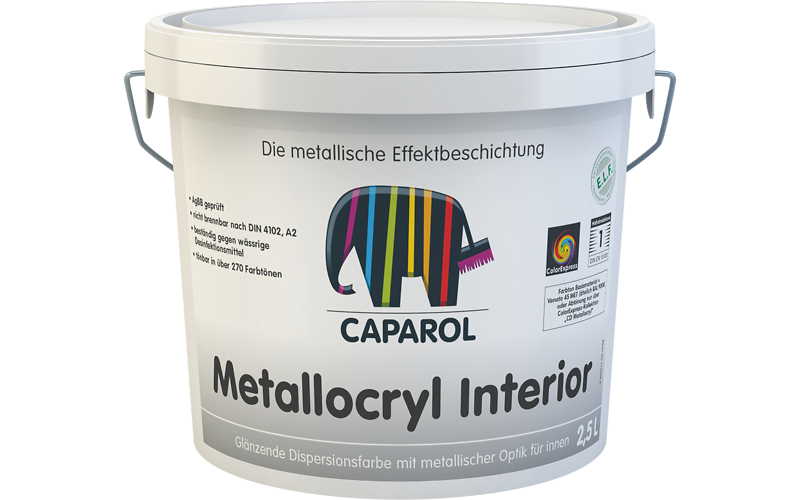
Capadecor Metallocryl Interior
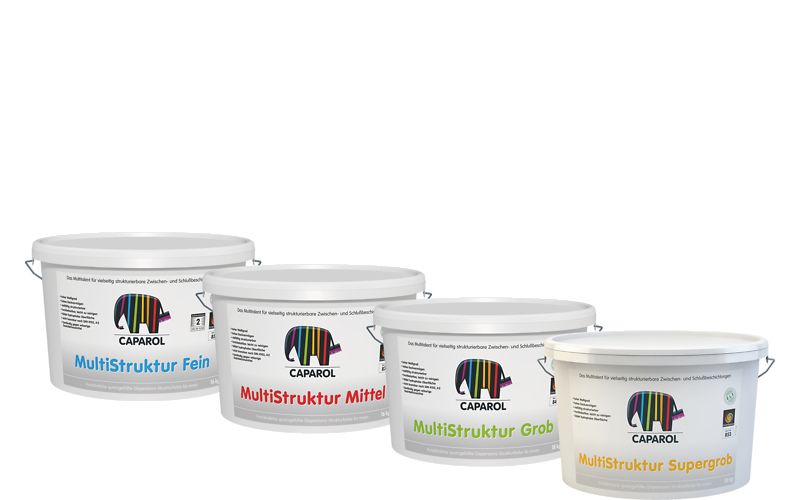
MultiStruktur


